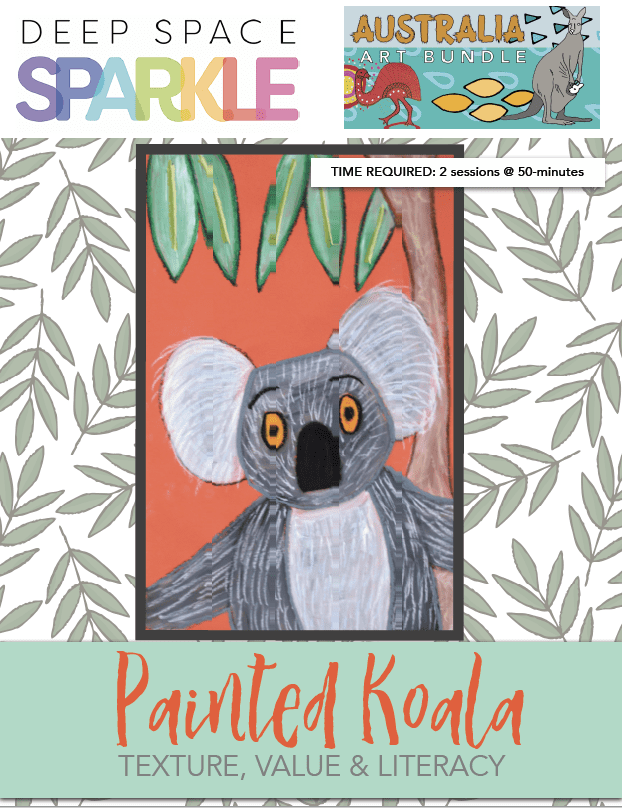
This lesson includes a literacy tie-in, drawing/tracing skills, painting and creating tints, as well as using chalk pastel to create texture. A template is provided to help the children learn... Learn More
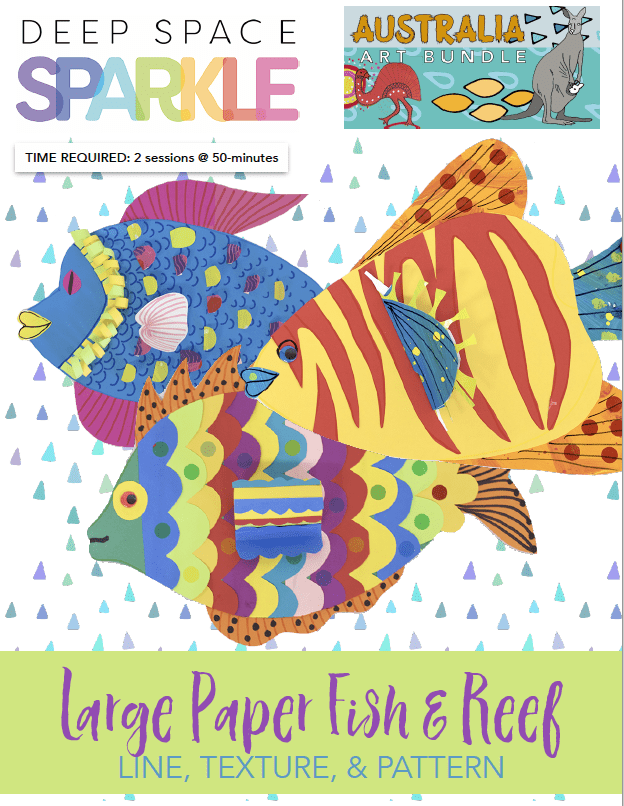
Art projects don’t come more colorful than this! Students learn about coral reefs through children’s books such as Life in a Coral Reef by Wendy Pfeffer or Peek Inside Coral... Learn More
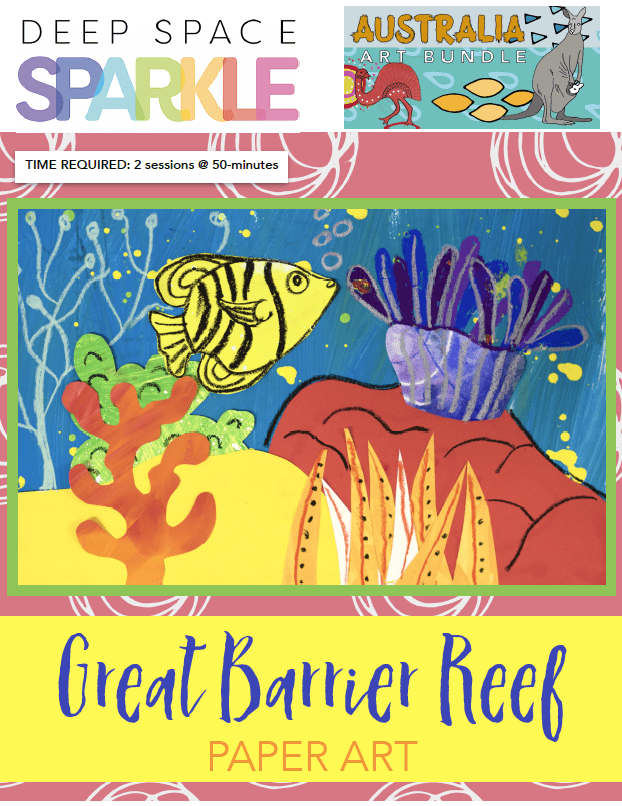
Students create a beautiful composition of the Great Barrier Reef for this collage project. They learn to use simple materials: paper and oil pastels to make a one of a... Learn More
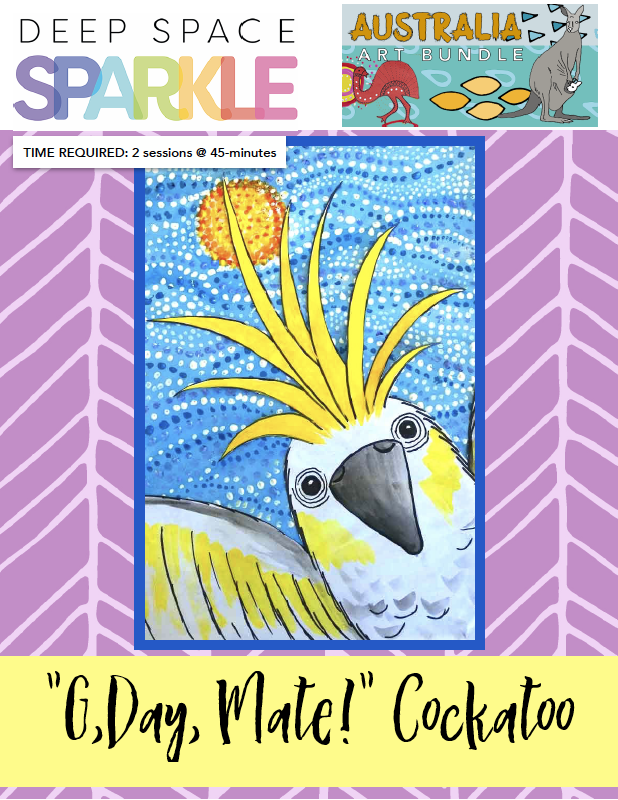
“G’Day, Mate!” features a fun Pointillism technique that students will love exploring! With this technique, students will first mix different values of blue and then strategically place dots of paint... Learn More
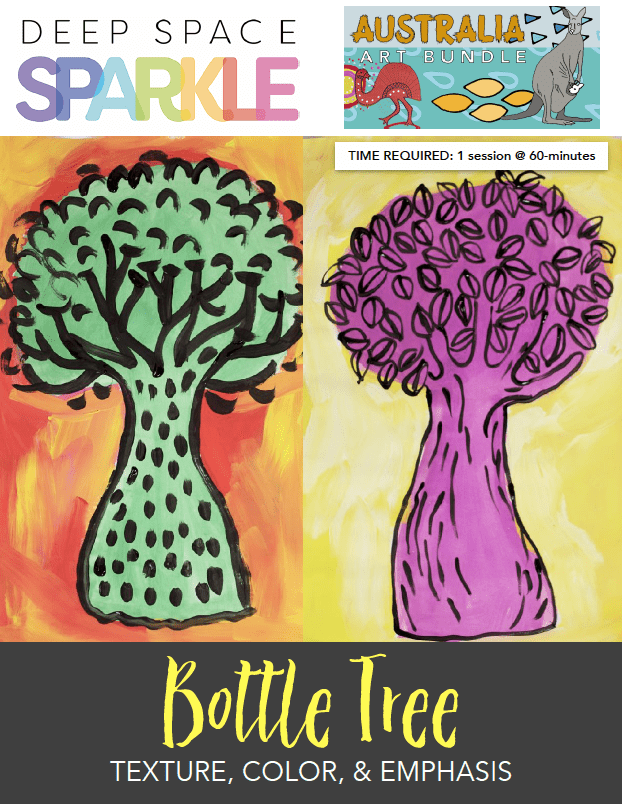
After learning about Australia’s bottle trees from the book, Strange Trees and the Stories Behind Them by Bernadette Pourquié & Cécile Gambini, students will be inspired to create a striking... Learn More
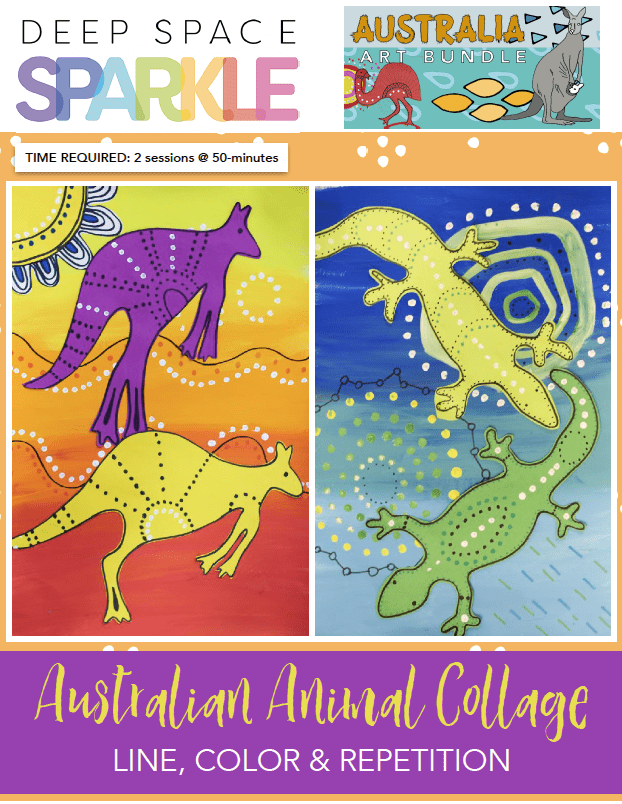
Ros Moriarty and Balarinji teamed up to create fantastic children’s books such as Kangaroos Hop and Splosh for the Billabong that serve as the inspiration for these bright and colorful... Learn More
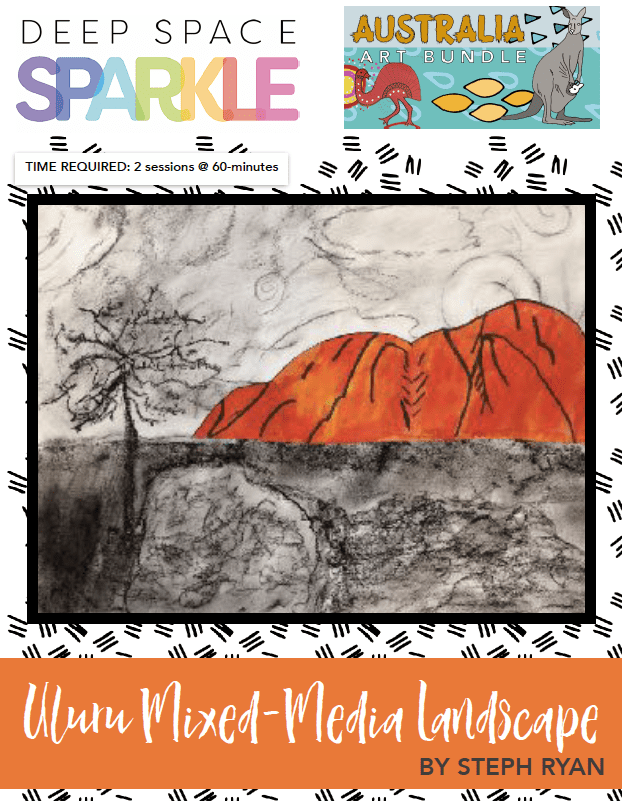
This lesson plan develops students’ skills with composition, collage and charcoal drawing while taking a fresh look at Uluru: an amazing icon of the Australian landscape. In particular, the students... Learn More
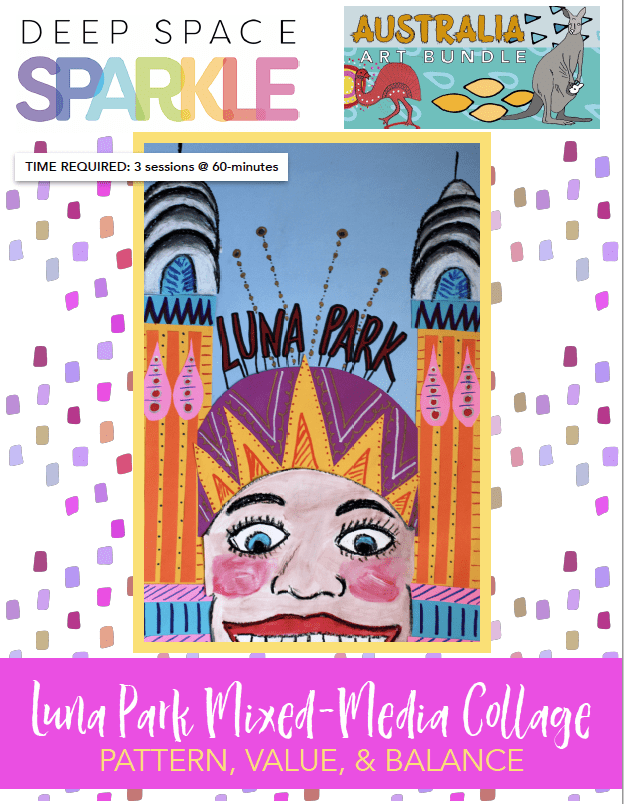
Take your students to the world famous Luna Park in Sydney, Australia with this bright, colorful, technique rich lesson! Students learn all about this exciting park and use their creativity... Learn More
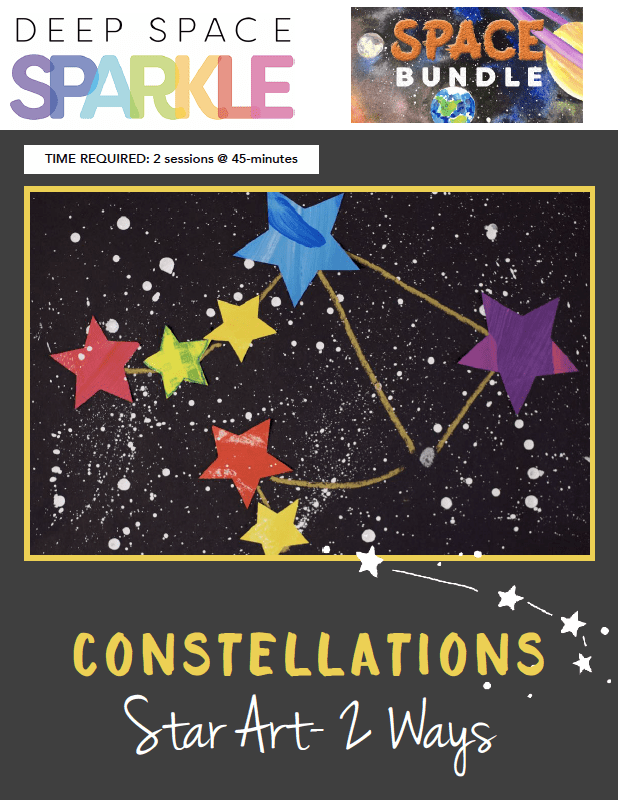
Understanding our stars, moon and planets that make up our corner of our universe is wonderfully illustrated in Oliver Jeffers’ book, Here We Are. The illustrations and story are the perfect... Learn More

Wow! America! by Robert Neubecker is one of my favorite resources for art lessons. This is the book that inspired this lesson but only for the illustrations. I would recommend... Learn More
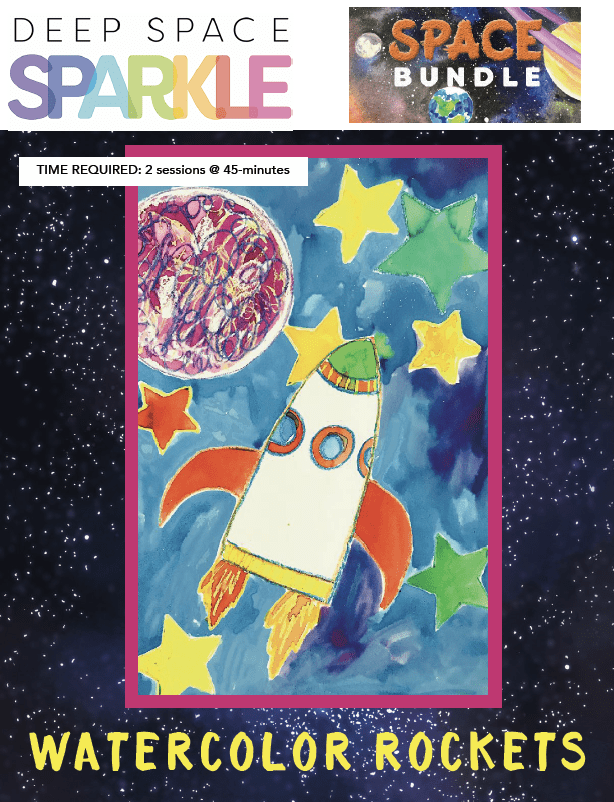
In this lesson, children learn to draw a simple line drawing of a space shuttle using a guide or a template with oil pastel or crayon. They also explore the... Learn More
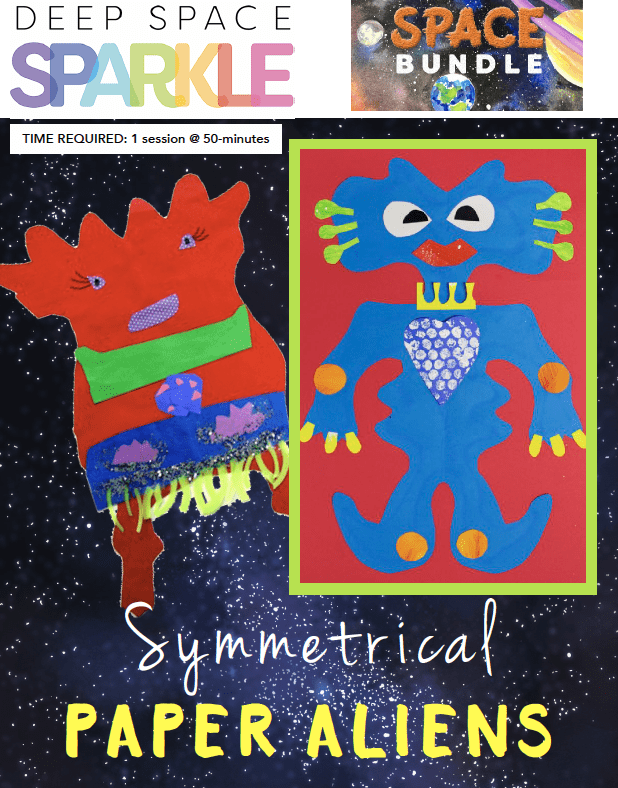
This lesson is based on symmetry, so as far as teaching kids cool subjects, this one is perfect. In my opinion, there is nothing more pleasing to the ear than... Learn More
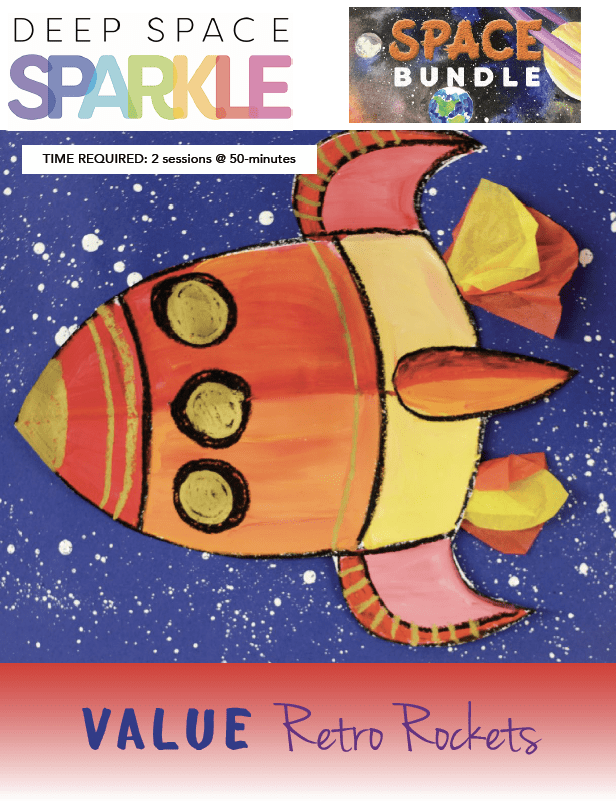
Not only is this lesson a “blast” for kids to make, but it also emphasizes color, value, texture, drawing and mixed-media. The children begin by creating a splatter painted background... Learn More

3rd and 4th graders will enjoy creating their own outer space compositions. They will learn about space through literature and science connections, preparing them for their creative spin on planets... Learn More
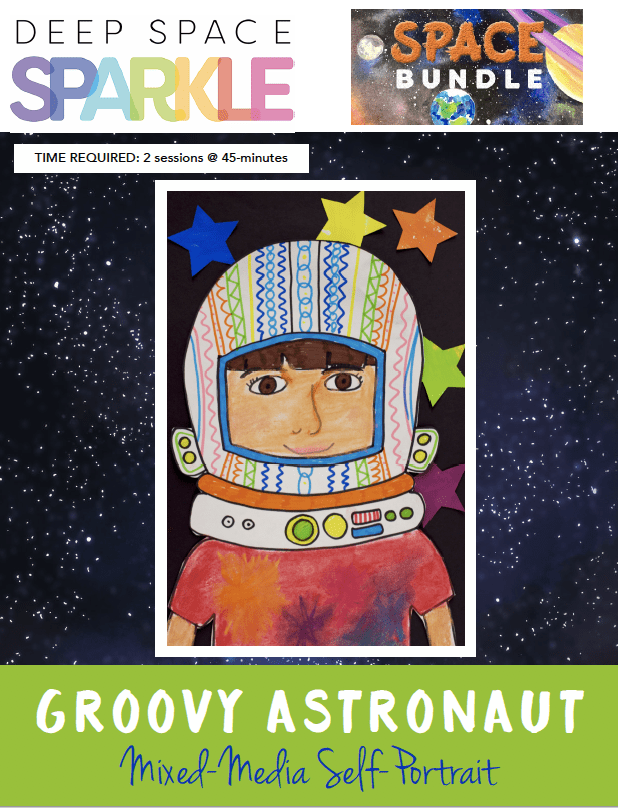
In 1962, President John F. Kennedy delivered a speech that set the goal to put a man on the moon by the end of the decade. After many experiments, the... Learn More
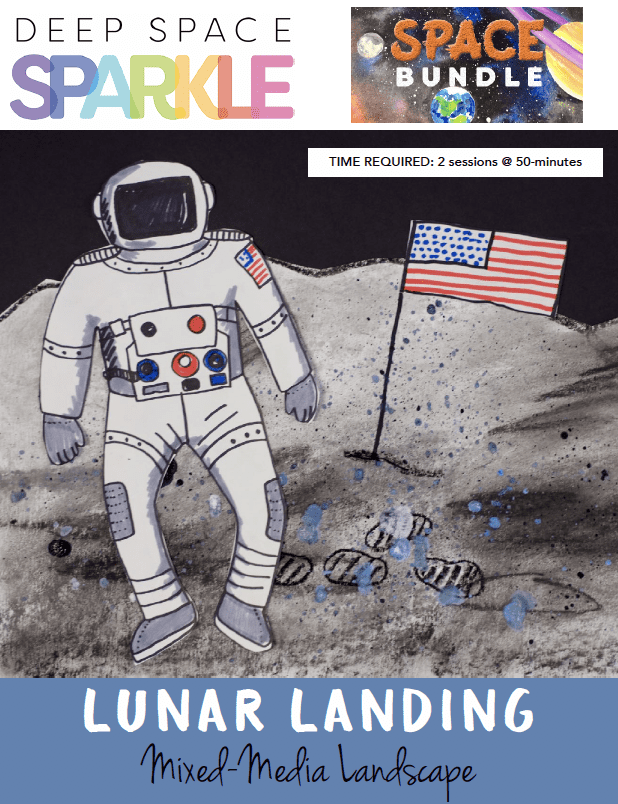
Here is a project that combines American history with important art concepts: mixed-media collage, texture, achieving depth and the illusion of form. Read through the book, One Giant Leap: The... Learn More
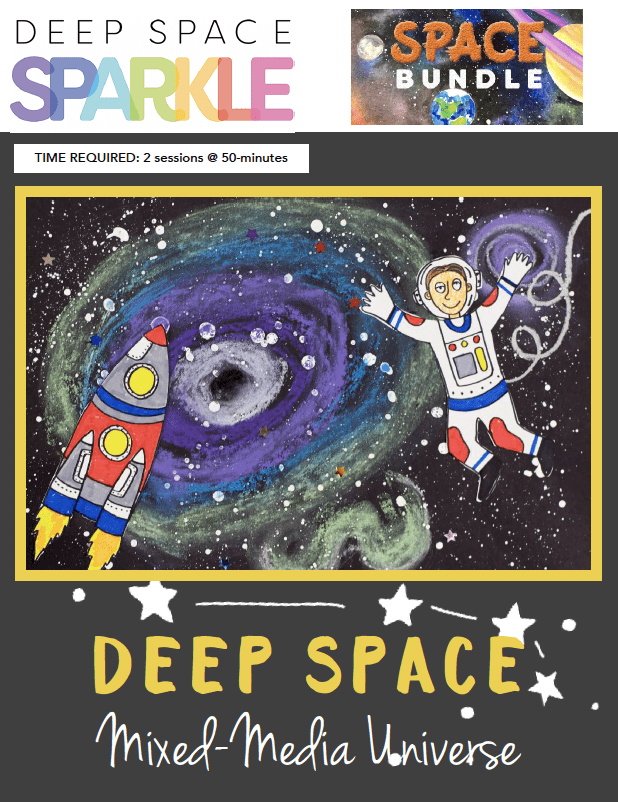
This project is a wonderful opportunity to review or discuss the scientific accomplishments of space travel with a fun and engaging art activity. Children explore space in the scientific sense... Learn More
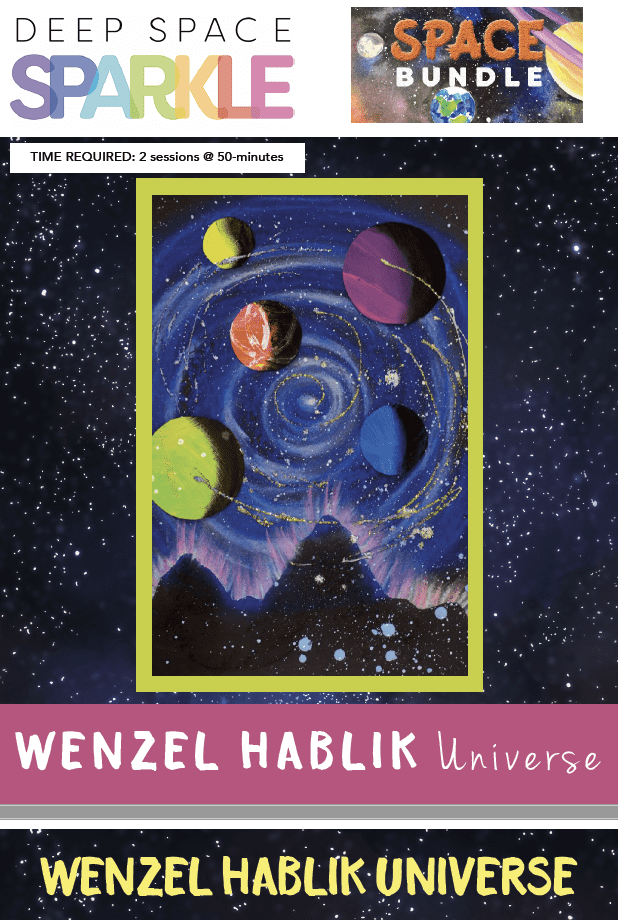
Wenzel Hablik was a Czech artist (1881-1934) who specialized in German Expressionism. His paintings of Utopian cities and imaginary universes are thought to have been inspired by nature. Hablik collected... Learn More